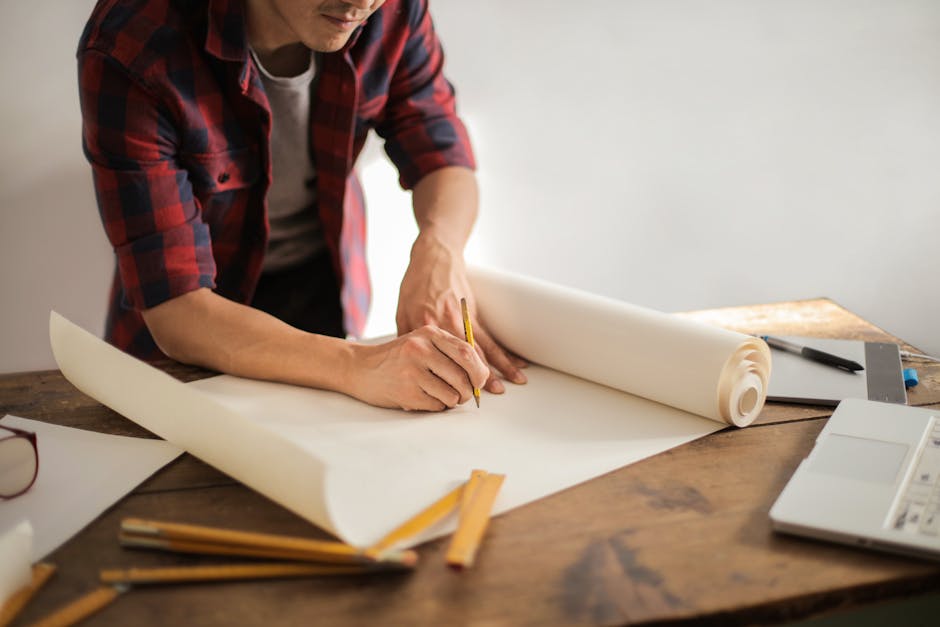 Exploring the Art of Airplane Painting: Strategies and Tips
Exploring the Art of Airplane Painting: Strategies and Tips
Plane paint, the technique of using paint straight to airplane, is both an imaginative expression and a technological venture. From business airliners to personal jets, each aircraft provides a distinct canvas for aviation specialists and musicians alike. The process not just adds to the aesthetic charm of aircrafts but additionally plays a critical function in maintaining their structural integrity and boosting exposure. In this article, we will certainly explore the techniques, devices, and factors to consider involved in the art of aircraft painting.
The very first step in plane paint is surface prep work. Preparing the aircraft’s surface is crucial for making certain that the paint adheres correctly. This entails cleansing the surface area to eliminate dust, grease, and old paint. A thorough inspection is additionally performed to identify any kind of rust or damages which need repair work. Professional painters frequently utilize sandblasting or chemical removing to prepare the surface area, guaranteeing that it is smooth and free of flaws. Appropriate prep work avoids peeling and advertises the long life of the paint job, showcasing the significance of this first phase.
When the surface is prepared, the painter selects the best kind of paint. Different types of paint are used in air travel, frequently comprised of polyurethane or epoxy formulas that supply sturdiness versus ecological variables. The choice procedure thinks about aspects such as weight, aerodynamic homes, and also regulative conformity. In addition, contemporary improvements in aviation paints have actually resulted in the growth of lighter and more fuel-efficient choices, permitting aircraft to carry out much better while decreasing operational prices. Understanding the requirements and functionality of each paint type is vital for achieving a successful surface.
Application strategies play a significant duty in aircraft painting. Professionals primarily utilize spray guns for a flawless coating, allowing for constant and also coverage. Some painters may select conventional hand-painting methods for even more detailed layouts, especially in the case of personalized art or branding. Each layer of paint have to be meticulously used, usually needing a number of layers to achieve the wanted shade and luster. Additionally, safety and security procedures need to be followed carefully, including using individual safety tools and making sure appropriate ventilation in spray booths to decrease hazards throughout the painting procedure.
Finally, after the paint procedure is full, quality checks and final assessments are required to make sure a task well done. The finish should not only look excellent however likewise fulfill security and regulatory criteria. Variables such as paint density, level of smoothness, and overall look are analyzed. This thorough analysis warranties that the aircraft meets both visual needs and safety and security needs prior to it goes back to the skies. Eventually, plane painting is not just about beautification; it is a critical facet of aircraft maintenance that secures the car and improves its operational performance.
Finally, airplane paint is a complicated mix of creativity and usefulness. From surface area prep work to the final examination, every action calls for ability, focus to information, and an understanding of products. As aviation modern technology continues to progress, so also does the art of aircraft paint, integrating brand-new methods and products that focus on both efficiency and visual appeals. Whether it is for business needs or personal passion, the procedure provides an amazing opportunity for creativity in the aviation market.